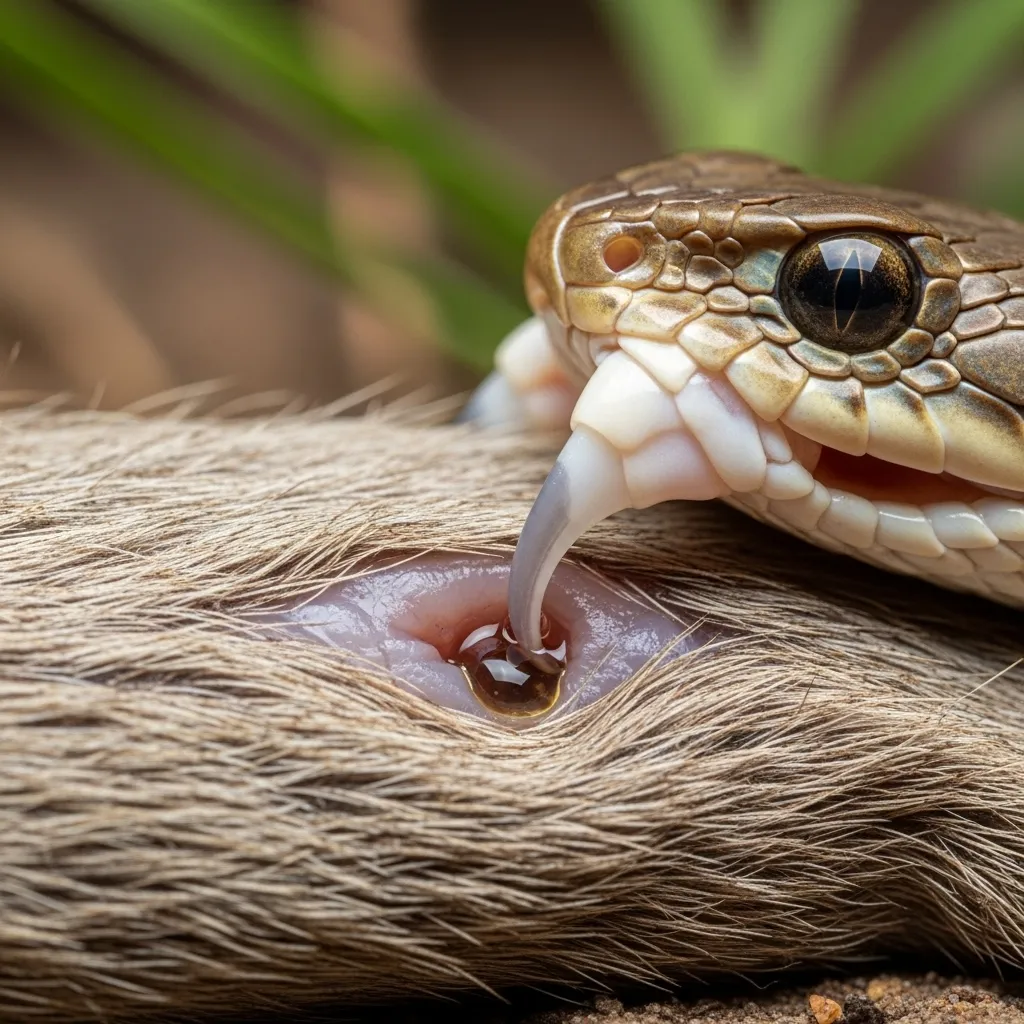
Few animals command as much fear and fascination as snakes. They are elegant, mysterious, and ancient creatures, playing a vital role in ecosystems across the globe. For many, however, the word “snake” immediately brings to mind a single concern: venom. This guide is designed to replace fear with knowledge, offering a clear, evidence-aware look at the world’s most venomous snakes. Our goal is not to create a list of monsters, but to foster respect through understanding, providing practical advice for identification, safety, and responsible coexistence.
Before we explore specific species, it’s crucial to understand a key distinction: venom versus poison. These terms are often used interchangeably, but in biology, they are distinct. Poison is a toxin that is ingested, inhaled, or absorbed through the skin. A poison dart frog is poisonous. Venom, on the other hand, must be injected. It is delivered through a bite or sting, using specialized apparatus like fangs. Therefore, snakes are venomous, not poisonous. Their venom is a highly evolved saliva, a complex cocktail of proteins and enzymes primarily used to subdue prey, and only secondarily for defense.
When we talk about the “most venomous” snake, the conversation becomes complex. Scientists measure venom toxicity using a standard called the LD50, which determines the lethal dose for 50% of a test population (usually mice). While this gives us a benchmark for potency, it doesn’t tell the whole story. A snake’s danger to humans also depends on other factors: the amount of venom it injects (venom yield), the efficiency of its fangs, its temperament, and how frequently it comes into contact with people. A snake with incredibly toxic venom that lives in a remote desert and flees from humans may be far less dangerous in reality than a less toxic but more defensive snake living near agricultural areas.















